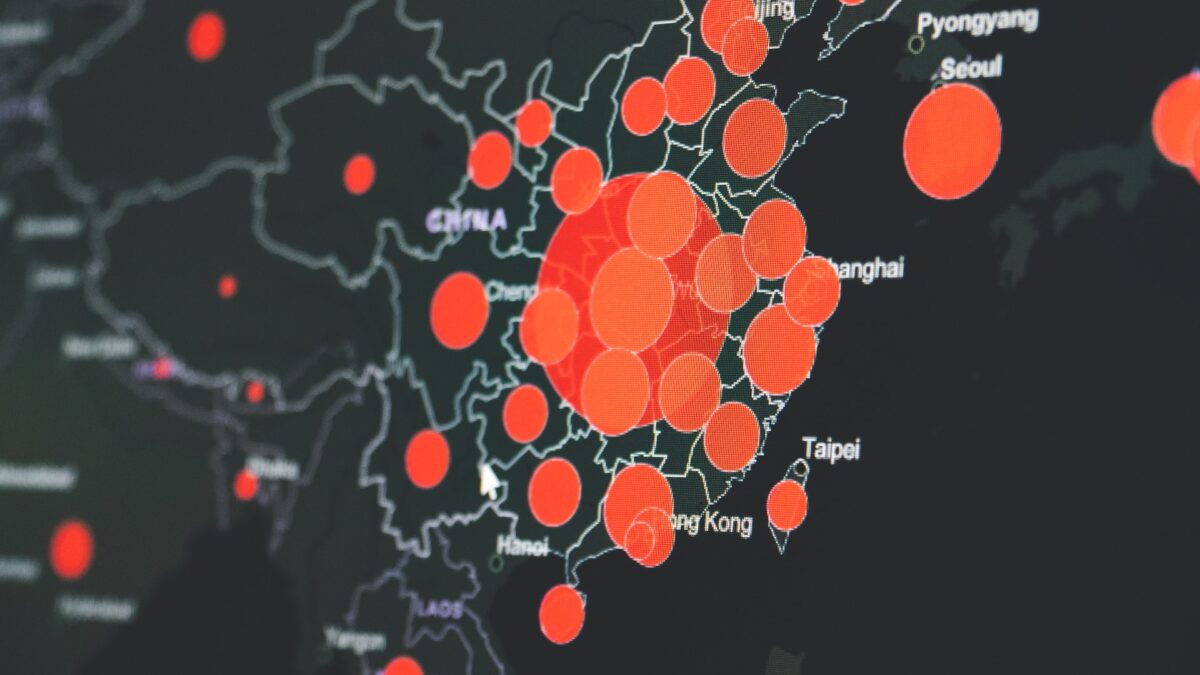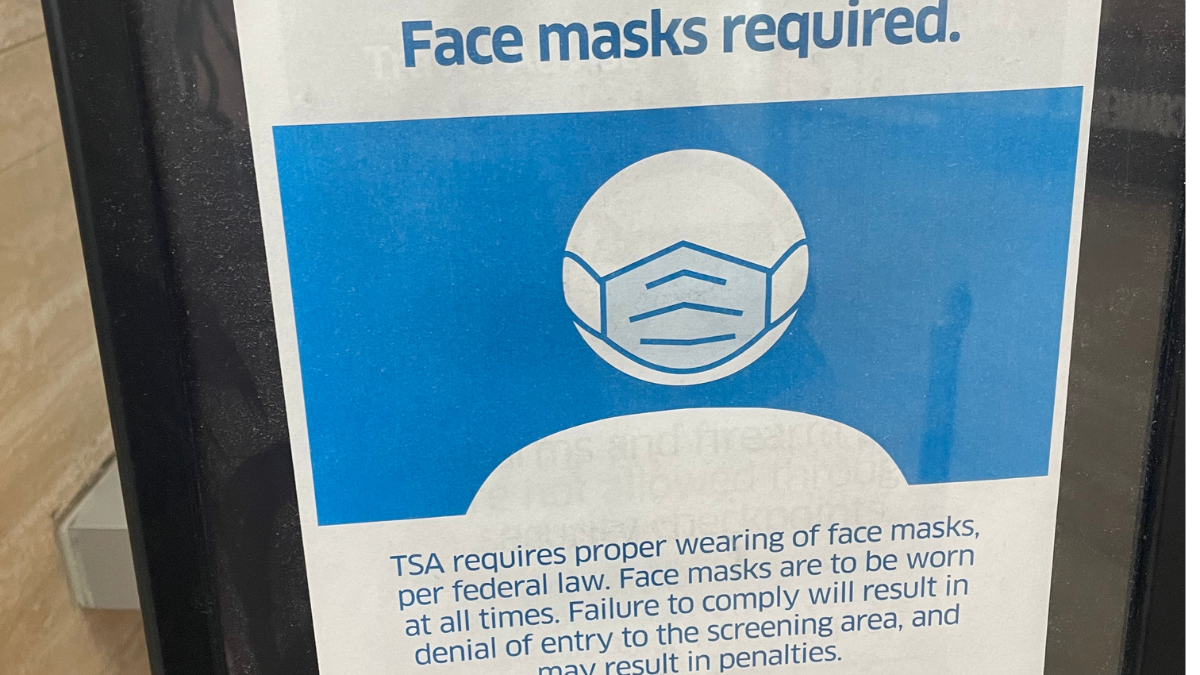Among restrictive COVID-19 mandates and government lockdowns that hobbled the economy, significantly more people left blue states to resettle in areas in the southern and western U.S.
According to the United Van Lines’ newest annual National Migration Study of those the company helped move in 2020, Democrat-led states experienced a much higher percentage of people departing than entering. The top five that showed more people leaving than entering were such as New Jersey (70 percent of movers were leaving), New York (67 percent), Illinois (67 percent), Connecticut (63 percent), and California (59 percent).
While those blue states struggled to keep residents satisfied, other states experienced a higher number of people moving in rather than leaving. The top five states with inbound movers were Idaho (70 percent of moves were inbound), South Carolina (64 percent), Oregon (63 percent), South Dakota (62 percent), and Arizona (62 percent).
Of those who moved, some cited relocation or transfer for a job, with 72 percent of these flocking to Nebraska; retirement, with 41 percent of these flocking to Delaware; and even cost of living, with 11 percent of those for whom this was their top concern relocating to Idaho.
Many others, specifically between March and October, also cited government mandates and restrictions related to COVID-19 as the reason for their moves.
Sixty percent said they were moving because they were concerned for their “personal and family health and wellbeing,” and 59 percent said it was because they wanted to be closer to family. Fifty-seven percent of those who moved chose to because of the ability to work remotely or other changes with their employment, and 53 percent were seeking a “lifestyle change or improvement of quality of life.”
Many of these who chose to depart blue cities and states such as Nassau, N.Y., Bergen, N.J., and Trenton, N.J. due to pandemic circumstances settled in redder areas of the South and West United States, with cities such as Wilmington, N.C., Sarasota, Fla., and Boise, Idaho topping the list.
Metros w/ Highest Moves OUT, 2020
on @unitedvanlines1/ Nassau, NY (81%)
2/ Bergen, NJ (81%)
3/ Trenton, NJ (76%)
4/ New York, NY (72%)
5/ Newark, NJ (72%)
6/ Chicago, IL (69%)
7/ Bremerton, WA (69%)
8/ Bridgeport, CT (69%)
9/ Middlesex, NJ (69%)
10/ Lake, IL (68%)— Michael Hendrix (@michael_hendrix) January 4, 2021
There was also a strong shift away from urban centers to more rural areas by those who chose to move in 2020.
“United Van Lines’ data makes it clear that migration to western and southern states, a prevalent pattern for the past several years, persisted in 2020,” said Michael A. Stoll, economist, and professor in the Department of Public Policy at the University of California, Los Angeles. “However, we’re seeing that the COVID-19 pandemic has without a doubt accelerated broader moving trends, including retirement driving top inbound regions as the Baby Boomer generation continues to reach that next phase of life.”









